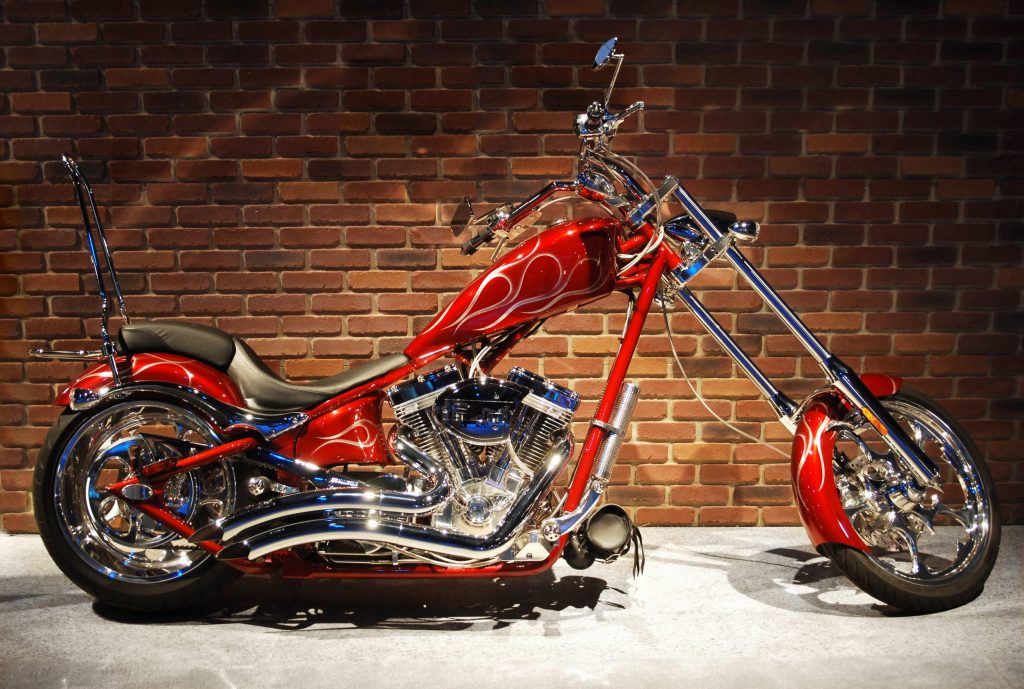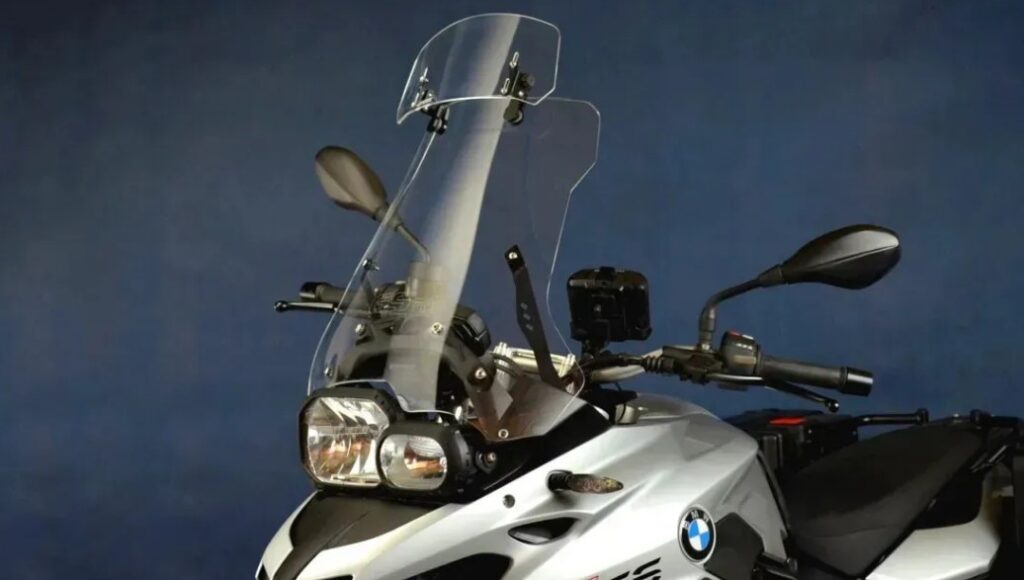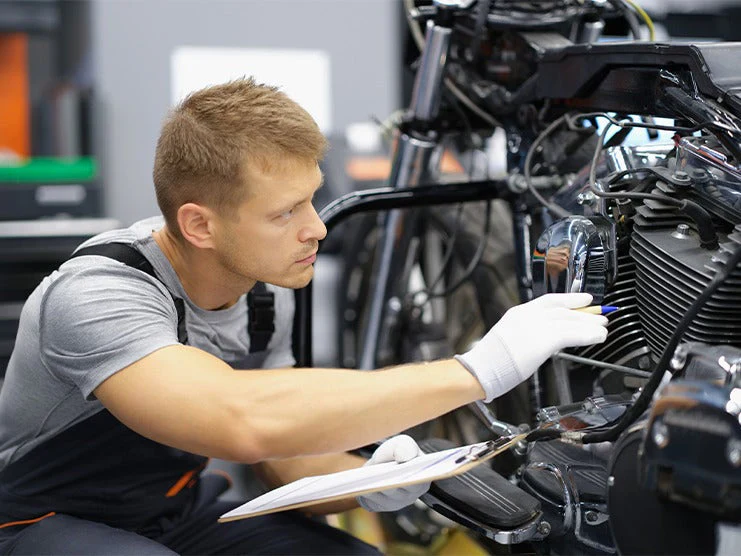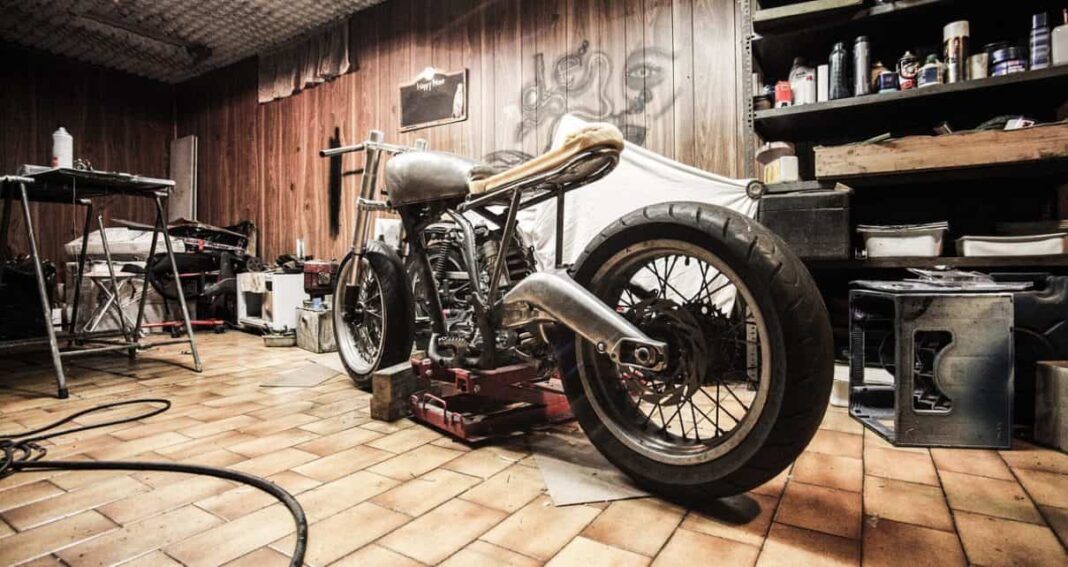Cruising on your motorcycle with the wind in your face feels like freedom on wheels, doesn’t it? There’s nothing like the open road calling your name, the rumble of the engine beneath you, and the thrill of pure independence. But the minute you think about making it yours with some flashy customizations, you might wonder: “Am I breaking the rules?”
Let’s clear the air about what’s allowed when it comes to personalizing your ride and how to stay out of trouble.
Key Points
- Customizations can impact safety and compliance.
- Laws vary by location, so check local regulations.
- Aesthetic mods are usually safer legally than performance changes.
- Modifications affecting emissions or noise often face restrictions.
- Practical customizations, like better windshields, can improve your ride.
Why Rules Exist for Custom Bikes

Motorcycles are built to meet safety and environmental standards. Changing parts like exhausts, handlebars, or tires can interfere with these standards. Authorities want every bike to stay safe for you and others. But let’s face it, nobody buys a motorcycle to keep it stock forever. Riders love to add personal flair, whether it’s a custom paint job or a roaring exhaust.
Rules aren’t always straightforward. Each region has its quirks. In some places, colorful LED lights are fine; in others, they scream “ticket me!” Knowing your local rules is key to avoiding fines or worse—having your bike taken off the road.
What Kind of Customizations Are Allowed?

Some changes are almost always safe. Things like swapping your seat for extra comfort or upgrading your windshields are practical and often encouraged. For example, GIVI windshields can improve your riding experience dramatically, keeping bugs out of your teeth and rain out of your face.
When it comes to aesthetic upgrades, the road is less bumpy. Paint jobs, decals, or even chrome accents are fair game. The tricky part starts with modifications that impact performance or safety.
1. Modificatons That Often Cause Trouble
Some changes scream “not allowed!” Here’s a breakdown:
- Exhaust systems: Many riders love a louder exhaust, but most regions have noise restrictions.
- Lights: Underglow kits look cool but can confuse other drivers. Stick to approved lighting setups.
- Suspension: Lowering or raising a bike changes its handling. Too extreme, and it could fail a safety inspection.
- Emissions systems: Tampering with emissions controls is illegal in many places.
2. Practical Upgrades for Comfort and Safety
Not all changes get you into hot water. Some upgrades make your motorcycle safer and more comfortable:
- Better wind protection: A high-quality windshield cuts down on fatigue during long rides.
- Seat upgrades: More padding means happier miles.
- Grips and levers: These improve handling and comfort.
- Luggage racks: Ideal for touring.
These are the mods you can often make without any headaches.
Tips for Staying on the Right Side of the Law

Before you touch your bike, remember these steps:
- Check your region’s rules: Laws differ between countries, states, or even cities.
- Stick to approved parts: Many aftermarket parts meet legal standards.
- Keep your bike quiet: Loud pipes are an easy target for law enforcement.
- Avoid tampering with emissions controls: This is an environmental no-no.
- Consult professionals: A licensed shop can guide you.
Why Practical Customizations Are Worth It?
Imagine hitting the open road, rain coming down, and no proper windshield. Practical upgrades aren’t just about style—they’re about keeping you safe and comfortable. Investing in essentials like durable windshields makes every ride better.
What Happens If You Go Too Far?
Let’s say you ignore the rules and slap on illegal mods. The penalties vary but can include:
- Fines: Often the first consequence.
- Bike impoundment: Rare, but it happens.
- Inspection failures: Prevents you from riding until fixes are made.
If you’re unsure about any modification, it’s better to ask first than face the consequences later.
The Role of Professional Installers
Modifying your motorcycle might feel like a DIY dream, but some changes require a professional touch. A qualified installer ensures your upgrades meet safety standards. For instance, improperly installed handlebars or brakes can turn your ride into a hazard. It’s worth paying for expertise when your safety is on the line.
Professional shops often stay updated on the latest laws and can guide you on what’s allowed in your area. They might even suggest better alternatives that fit your needs while staying compliant.
Aesthetic Mods That Keep You Safe
Cosmetic changes don’t just make your bike look sharp—they can also improve visibility and safety. Bright paint jobs or reflective decals help other drivers spot you on the road. LED headlight upgrades can provide better illumination at night without crossing legal boundaries.
Stick to enhancements that don’t interfere with the functionality of your motorcycle. Avoid blocking lights or signals with flashy designs. A stylish ride is great, but a safe ride is even better.
Customizing Responsibly

Owning a motorcycle is about self-expression. Customizations can make your bike a reflection of you. But doing it legally avoids unnecessary drama. By choosing upgrades wisely, you can enjoy your ride and stay out of trouble.
Ready to start customizing? Remember to check your local rules and invest in quality upgrades. Whether it’s a comfortable seat or a practical windshield, there’s always a way to make your bike your own without sacrificing safety.
Keep it cool. Keep it legal. Keep riding!













